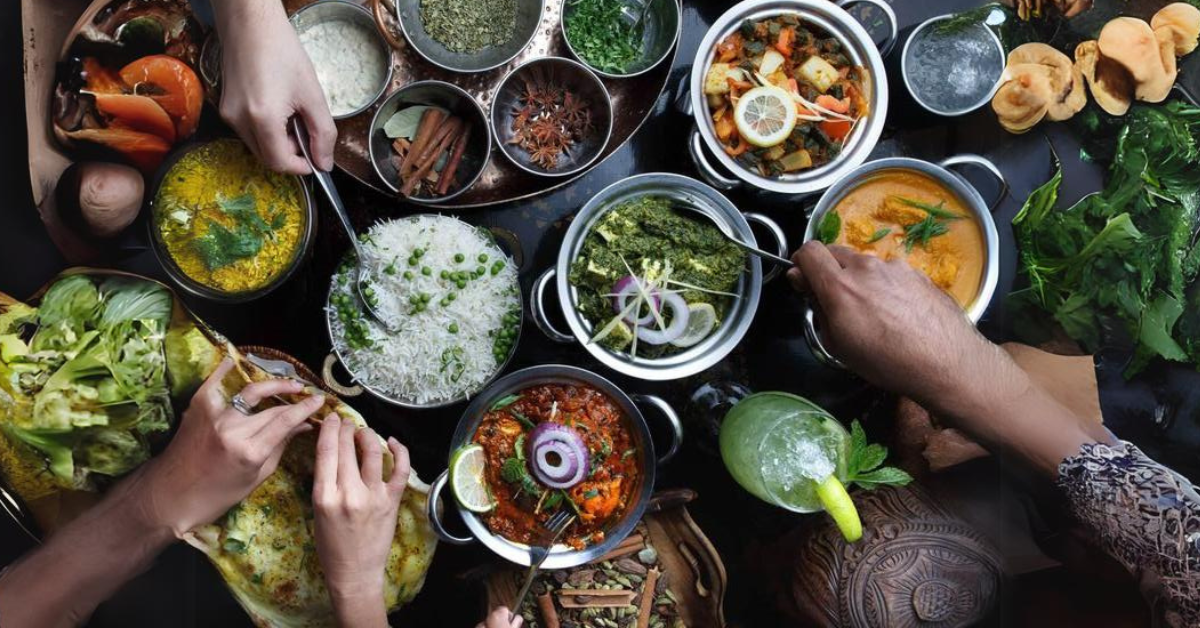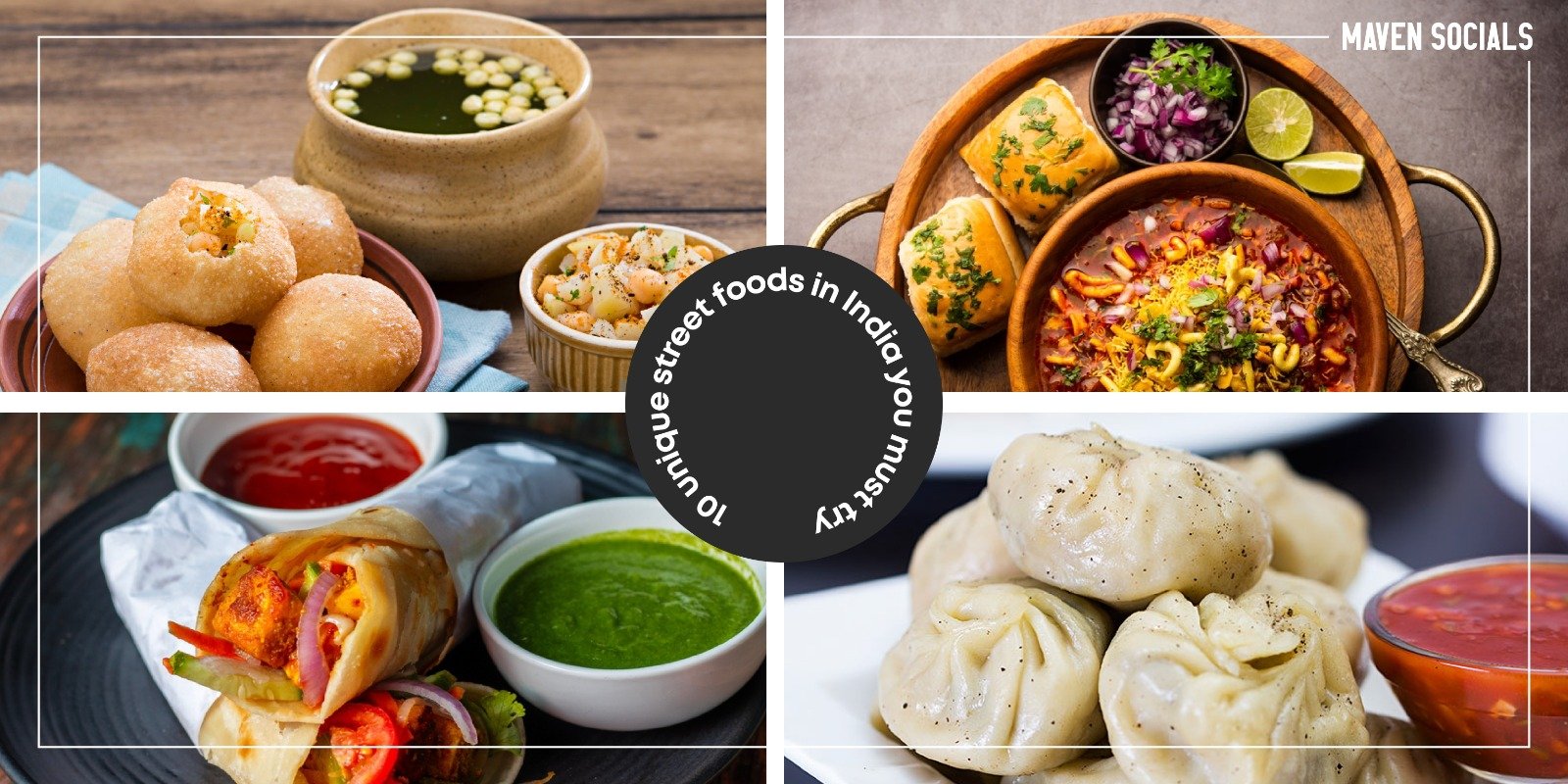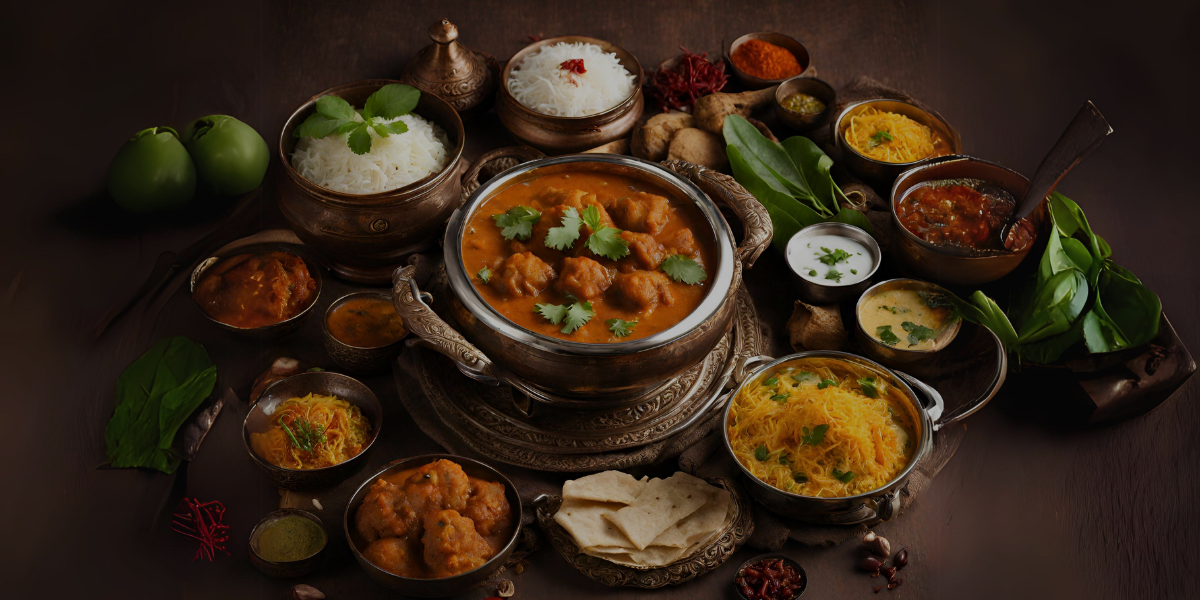India has a rich and ancient culinary tradition that goes back thousands of years. Meals in India are a communal experience, with families and friends gathering to bond over food. A crucial part of this experience is eating with your hands rather than cutlery. For many Indians, eating with the hand is much more than just a tradition – it is an integral part of their culture and identity. Here are some reasons why eating with hands is so important in India.

Hygiene and Ritual Purity
Traditionally, Indians view eating with bare hands as the most hygienic way to consume a meal. Utensils can harbour germs, whereas the hand can be washed clean before and after eating. Many Indian households follow hand-washing rituals before and after meals as a symbolic purification act. Eating with clean, bare hands is considered a mark of ritual purity and respect for food.
Sensory Experience
Eating with hands provides a fuller sensory experience of touch, smell, and taste. Feeling the various textures of food in the hand adds another dimension. Touching and manipulating the food helps release aromas and mix flavours. It allows one to appreciate the nuances of each dish much more. Many Indians believe that savouring food with hands does greater justice to the cook’s efforts.
Mindful Method
Eating slowly with the hand encourages mindful eating. One is more conscious of each morsel when handling food with care. This practice aligns with the ancient Indian philosophy of being present at the moment to maximise the enjoyment of any experience. Unlike fast-paced eating with cutlery, mindful eating with hands lets you pay attention to flavours and aromas.
Community and Sharing
Sharing a meal eaten by hand reinforces a sense of community and bonding. In Indian culture, food is meant to be shared with love and affection. Serving food by hand to others at the table is a sign of care and connection. Eating together and with hands enables a more intimate shared experience than just passing serving dishes around.

Traditional Links
For many Indians, eating with their hands is the way meals have been taken for thousands of generations. It is a time-honoured ritual that connects them to their ancestry in a tangible way. Following this tradition pays respect to cultural continuity and identity. Passing down these customary eating practices also represents the passing down of cherished values.
Art of Manipulation
Eating skillfully with hands takes practice and skill. Food is meant to be handled delicately with deft fingers. Different regions of India have specific techniques, such as mixing ingredients, forming perfect balls, or making indentations for soaked sauces. This artfulness and finesse are admired. Thus, eating neatly and cleanly with the hand is a source of cultural pride.
Hierarchies and Symbolism
In India, traditions around eating with hands signify social status and hierarchy. For example, Brahmins strictly use only the right hand, while other castes may use both. Certain gestures while eating also denote respect for elders and guests. These customs reveal symbolic social relationships embedded in the culture. Following proper etiquette is essential.
Ayurvedic Principles
Indian medical wisdom of Ayurveda promotes eating with hands as the healthiest option. Ayurveda associates the hands with the fire element, which aids digestion. The fingertips touching the food are thought to kindle the digestive “fire”. Slow eating with hands can also prevent overeating by giving time for the stomach to signal fullness. It also enhances digestion and absorption of nutrients.
Spiritual Element
Hindus revere food as a divine prasad or blessing of God. Eating with respectful hands symbolises the sacred nature of food. Many Hindus remember the god Krishna’s love of butter stolen by his hands. Touching food is a way of spiritually connecting with it rather than just visually regarding it. Eating with hands signifies reverence for food as a spiritual gift to cherish.
Cultural Marker
Eating with the hand persists as a marker of Indian cultural identity despite cutlery and fast food influences. Many Indians living abroad proudly maintain these customs to affirm their roots. At the same time, younger urban Indians balance tradition with modern ways. But eating with hands remains quintessentially Indian. It distinguishes Indian culture and hospitality from Western dining etiquette.
Embracing Traditions
Eating with hands in India has a deep cultural significance beyond mere utility or custom. It lies at the essence of Indian values around community, respect, mindfulness, tradition, and spirituality. This unique way of sharing meals reflects the Indian soul and ethos. While practices evolve with the times, the profound meanings underlying eating with hands continue to resonate in India. For most Indians, it is the most natural, intimate, and honourable way to consume food.














